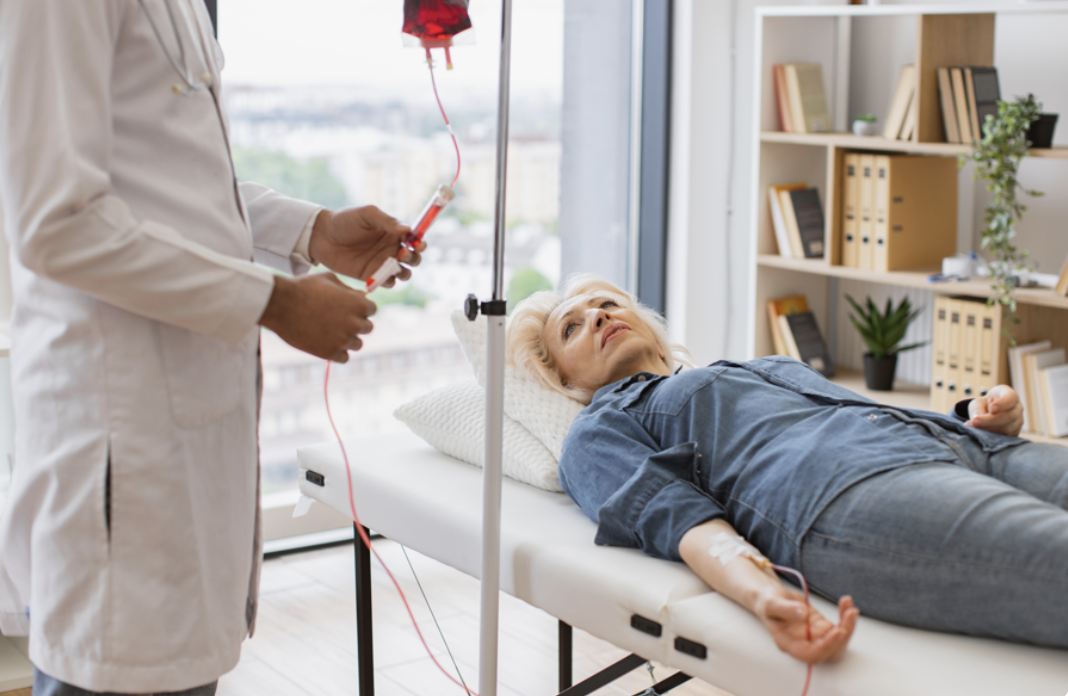Opioid overdoses are critical medical emergencies that require quick and accurate action. As a nurse anesthetist, your ability to identify and respond to these life-threatening situations can make a crucial difference for your patients.
The Suspected Opioid Overdose Algorithm is your guide in these high-pressure situations. This step-by-step approach helps you:
As a nurse anesthetist, you play a key role in managing opioid overdoses. Your specialized knowledge in airway management, pharmacology, and resuscitation makes you uniquely qualified to handle these emergencies.
In cases of opioid overdose, time is critical. Every minute without intervention increases the risk of:
By mastering this algorithm and combining it with your clinical expertise and certifications in BLS, ACLS, and PALS, you build a strong foundation for saving lives. Your dedication to understanding and applying these protocols ensures the best possible outcomes for patients in critical situations.
In this article, we will explore the key elements of the Suspected Opioid Overdose Algorithm in detail. We will also discuss how you can further enhance your emergency response skills through additional training in areas such as PALS - Child Safety at Home or specific ACLS algorithms.
Recognizing opioid overdose symptoms requires immediate attention to specific physical indicators. These critical signs include:
A patient experiencing an opioid overdose displays these symptoms due to the drug's intense binding to opioid receptors in the brain, particularly in areas controlling breathing and consciousness.
Naloxone: The Life-Saving Antagonist
Naloxone acts as a competitive antagonist at opioid receptor sites, effectively displacing opioid molecules and reversing their effects. This medication demonstrates:
The administration routes for naloxone include:
The short duration of naloxone compared to many opioids creates a risk of "rebound toxicity," where overdose symptoms can return as naloxone wears off. This characteristic necessitates continuous monitoring and potential repeated dosing at 4-minute intervals.
Nurse anesthetists must recognize that different opioids require varying amounts of naloxone for effective reversal. Synthetic opioids like fentanyl might need higher doses compared to traditional opioids such as morphine or heroin.
To effectively manage opioid overdose scenarios, it's crucial for healthcare professionals to stay updated with the latest guidelines and practices in emergency response. Continuous education through recertification courses can significantly enhance the skills required for such critical situations. Furthermore, understanding the recent guideline changes can provide valuable insights into improving patient outcomes during emergencies.

Quick action saves lives in opioid overdose situations. The standard algorithm provides a structured approach to emergency response, enabling nurse anesthetists to deliver life-saving interventions efficiently.
Here's the critical step-by-step response protocol:
The timing of naloxone administration is crucial. Studies show a direct correlation between rapid naloxone delivery and positive patient outcomes. A delay of even 5 minutes can significantly impact survival rates.
Dosing Considerations:
In addition to opioid overdoses, it's important to have a comprehensive understanding of other medical emergencies such as strokes or pediatric emergencies. Resources like this lesson on stroke management or PALS primary and secondary surveys can provide valuable insights into these areas. Furthermore, post-resuscitation management and transfer to tertiary care are critical aspects that require careful attention, as highlighted in the post-resuscitation management lessons.
Nurse anesthetists play a crucial role in managing opioid overdoses. With their specialized knowledge in airway management and pharmacology, they are able to:
Their expertise goes beyond technical skills. Nurse anesthetists have a deep understanding of how opioids work in the body, which allows them to anticipate potential complications and adjust their interventions accordingly.
This knowledge is especially important when dealing with patients who have:
Nurse anesthetists' impact on patient outcomes becomes clear through their ability to:
In addition to their primary responsibilities, nurse anesthetists also serve as valuable resources for other healthcare team members, sharing their expertise in:
Their role extends to quality improvement initiatives, where they analyze overdose responses and refine protocols based on real-world experiences. This continuous feedback loop strengthens the effectiveness of the opioid overdose algorithm across healthcare settings.
Moreover, nurse anesthetists are also equipped to handle heart attack situations, characterized by symptoms such as chest tightness, nausea, sweating, shortness of breath, fatigue, pain in the arm or jaw, pallor. Recognizing these symptoms early can be crucial in saving a life.
In scenarios where a victim must be moved due to immediate danger or necessity for care, nurse anesthetists apply their knowledge from moving victims guidelines, ensuring that the patient's airway is protected during the process.
Furthermore, the integration of [AI technology](https://affordableacls.com/what-is-the-impact-of-ai-on-emergency-cardiac-care) into emergency cardiac care has begun to transform treatment precision and patient outcomes through advanced data analysis and real-time decision support - a development that nurse anesthetists are increasingly leveraging in their practice.
Through these multifaceted roles and responsibilities, nurse anesthetists not only enhance the quality of care provided during an opioid overdose but also contribute significantly to managing other medical emergencies such as heart attacks.
Nurse anesthetists must maintain comprehensive certifications to effectively respond to opioid overdose emergencies. These certifications form the foundation of emergency response capabilities and require regular renewal to ensure up-to-date knowledge.
The BLS certification includes:
The ACLS certification focuses on:
The PALS certification covers:
Your certification journey typically follows this progression:
These certifications require hands-on skills validation and written examinations. Many institutions now offer blended learning options, combining online coursework with in-person skills sessions. You'll need to demonstrate proficiency in:
Certification programs emphasize realistic scenarios and simulation-based training. This approach helps you develop muscle memory and decision-making skills critical for managing opioid overdose emergencies. Regular practice sessions with your healthcare team reinforce these skills between certification renewals.
Real-world application of the suspected opioid overdose algorithm requires quick thinking and precise execution. Let's examine two case studies that highlight successful implementation by nurse anesthetists.
A 45-year-old patient exhibited signs of opioid overdose in the post-anesthesia care unit after receiving morphine for pain management:
A 32-year-old patient arrived unconscious with suspected heroin overdose:
In both cases, the swift application of ACLS algorithms played a crucial role in patient outcomes.
For healthcare professionals looking to enhance their skills, utilizing resources such as best study tips for online course takers can be beneficial in mastering these critical algorithms and improving overall emergency response efficacy.

Mastering the Suspected Opioid Overdose Algorithm requires dedication to continuous education and hands-on training. Nurse anesthetists play a critical role in saving lives through their expertise in managing opioid-related emergencies.
Your commitment to ongoing professional development strengthens your ability to:
The dynamic nature of healthcare demands regular updates to your knowledge base. Research shows that healthcare providers who engage in consistent training demonstrate:
"A 40% improvement in response time and a 60% increase in successful patient outcomes during opioid-related emergencies"
Key Actions for Continued Growth:
Your expertise in the Suspected Opioid Overdose Algorithm directly impacts patient survival rates. Each training session, each practice run, and each real-world application builds your confidence and competence in managing these critical situations.
Remember: Your commitment to continuous learning today saves lives tomorrow.
.jpg)

